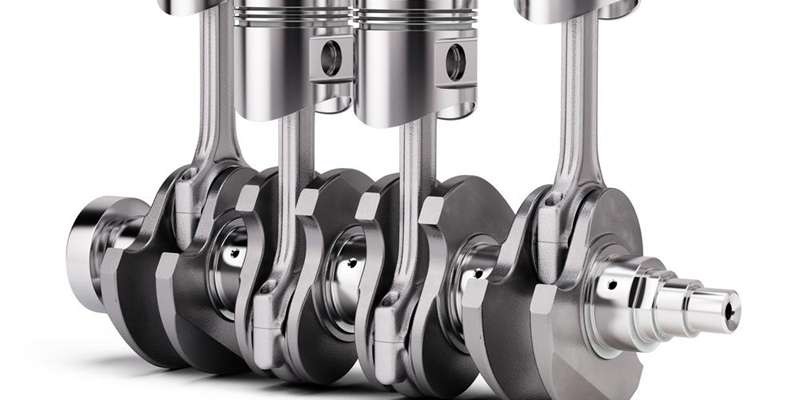Delving into the complexities of engine mechanics necessitates a deep grasp of how each component contributes to the symphony of moving parts, ensuring peak performance. Within this intricate assembly, the seemingly simple piston pins hold a critical place. Their selection is not just a matter of choice but a significant determinant of an engine’s efficiency, durability, and overall power. So, this post aims to guide readers through the nuanced considerations essential for picking the right part. It illuminates the route to enhanced engine performance and extended lifespan.
Unveiling the Keystone of Engine Performance
Embedded within the heart of engine dynamics, this pivotal component secures the piston to the connecting rod. Its robustness against the forces of motion underlines the importance of meticulous selection to maintain engine integrity and operational smoothness. An informed choice ensures the preservation of the engine’s life and peak performance, making it indispensable in the schematic of engine design.
The Quest for the Ideal Material
The journey begins with choosing the right material, which lays the foundation for the component’s performance. Steel, aluminum, and titanium each offer distinct advantages, from steel’s resilience and endurance to aluminum’s lightweight efficiency and titanium’s balanced properties. This choice directly impacts the engine’s balance between power and efficiency, tailoring it to the specific demands of its application.
Precision Engineering for Perfect Fit
Accuracy in the component’s dimensions ensures seamless integration within the engine, a prerequisite for maintaining the delicate balance between the piston and connecting rod. Precision of fit is critical in minimizing wear and optimizing the engine’s mechanical efficiency, highlighting the need for exacting standards in component selection.
Advancements in Surface Treatments
Innovations in surface treatments and coatings elevate the component’s durability and performance. Techniques such as DLC coatings and the nitriding process extend the component’s lifespan and reduce friction, promoting more efficient engine operation. These enhancements are particularly beneficial in engines subjected to rigorous conditions, offering a shield against wear and degradation.
Customizing Engine Specifications
The diversity of engine designs necessitates a component that aligns with specific operational demands, from daily commuting vehicles to high-octane racing engines. This customization ensures the component can withstand the unique pressures and temperatures inherent in different engine environments, optimizing performance across various applications.
Ensuring Heat Resilience and Efficiency
This component must excel in heat tolerance and thermal conductivity, which are paramount in high-performance engines, where managing extreme temperatures is crucial. Superior thermal properties help mitigate the risks of overheating, contributing to the engine’s thermal management system and enhancing overall performance stability.
Friction Reduction for Optimal Efficiency
The strategic selection of this component significantly reduces friction within the engine, a factor that directly influences fuel efficiency and operational wear. By facilitating smoother interactions between moving parts, it extends the engine’s lifespan and enhances its power output and fuel economy.
Leveraging Expertise for Informed Decisions
In this detailed selection process, the expertise and offerings from piston pins manufacturers in India emerge as crucial allies. Their mastery of the latest advancements in material science and engineering ensures that every component meets the standards of quality and performance. They will also ensure that the components are specifically adapted to cater to the nuanced demands of Indian engines. By tapping into their knowledge, customers gain access to components that are perfectly aligned with the local environmental conditions and usage patterns, providing tailored solutions that enhance engine compatibility and efficiency.
In conclusion, the meticulous selection of piston pins is a testament to the sophistication and precision required in engine design and maintenance. One can significantly impact the engine’s performance and durability by prioritizing material quality, dimensional accuracy, advanced coatings, and a deep understanding of engine requirements. With the support of expert manufacturers, this critical choice not only enhances the engine’s operational efficiency but also paves the way for innovations in automotive engineering, driving toward a future of optimized engine performance.
